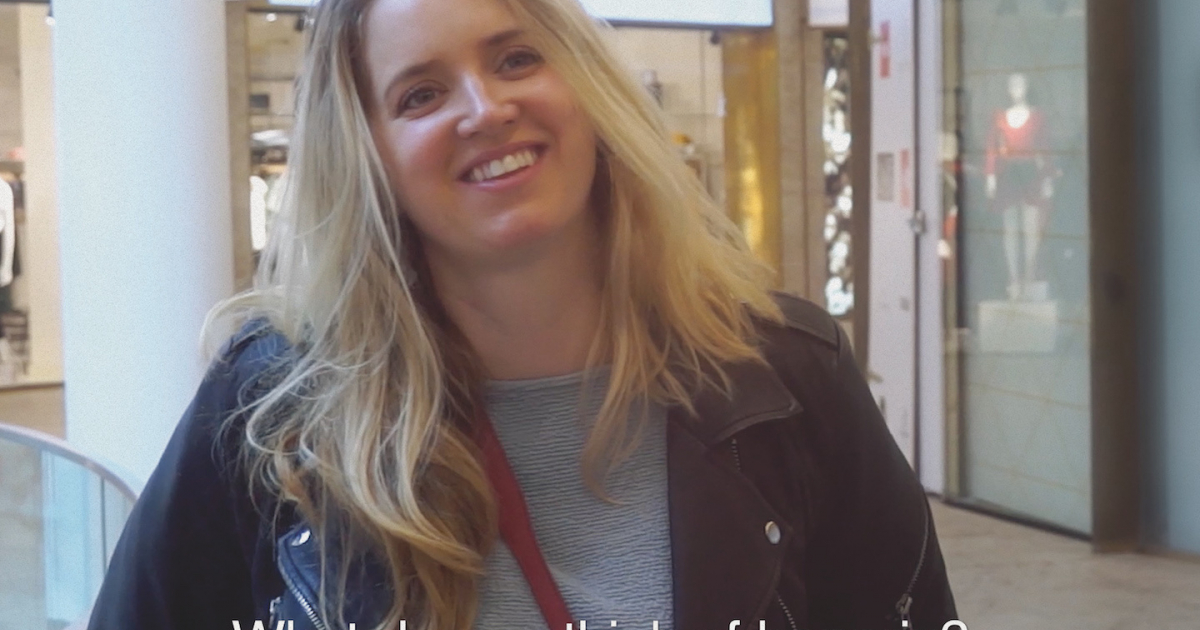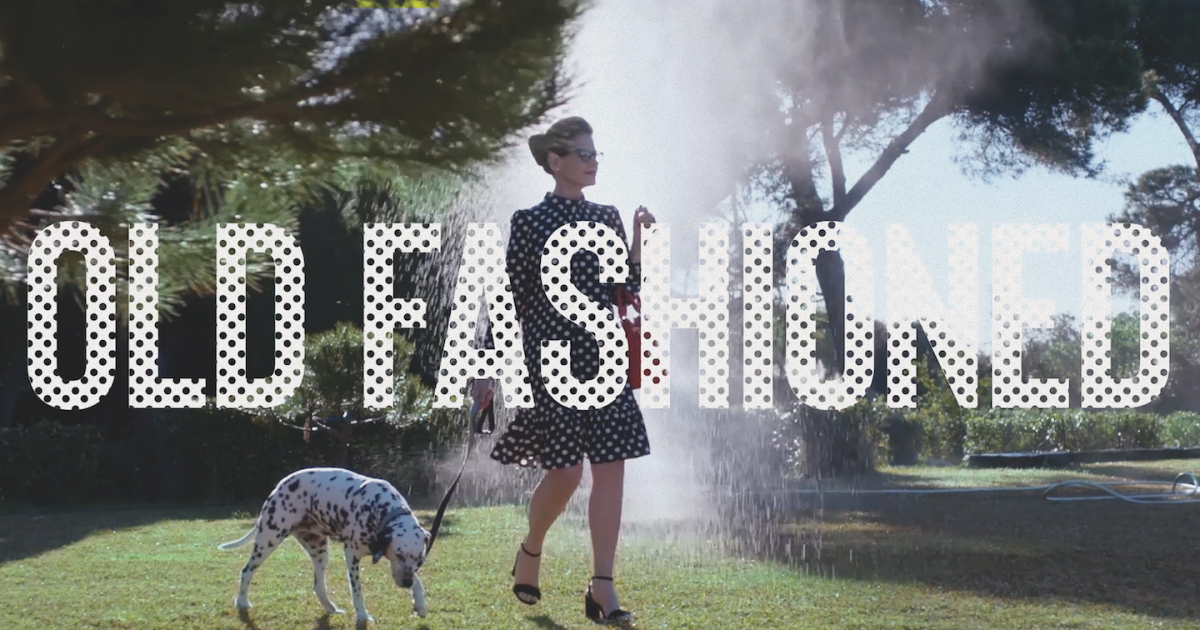Bonprix It's me

Online fashion retailer bonprix was being rejected by its main audience for their ‘boring housewife’ image. We decided to tackle these misconceptions by showing that when it comes to bonprix and women over 30, there’s always more than meets the eye.
With this strategy in mind, the creative idea became all about taking on the lazy misconceptions about middle-aged women and bonprix, and using them to our advantage. ‘More Than Meets The Eye’, became a celebration of real women, showing how amazing and interesting they are, and that life doesn’t end after 30 (although H&M might have you believe that).
Using real women, and their real lives, we created a provocative anthem reintroducing bonprix to the world. The use of real women instead of stock fashion models allowed us to hero them in the film, and dive deeper into their lives and stories on social. The importance of the song, made from real voxpop reactions, cannot be understated in instantly making bonprix feel fresh, new and fashionable.
‘More Than Meets The Eye’ became more than a campaign. It became an operating system for the brand and business both externally and internally. It gave bonprix direction and a clear voice, and strongly worked to deposition our competition who continue to paint empty and superficial pictures of what life is supposedly like for women.
The results were clear. The campaign achieved an increase in awareness and consideration in all markets, an up to 27% increase in webshop traffic, and 26% increase in purchase intent across key markets. In France and The Netherlands we outperformed C&A on the brand values ‘authentic’, and ‘empowering’.
Not bad for a “boring housewife brand”.
Additional
German https://vimeo.com/266527007
French https://vimeo.com/266527481
Dutch https://vimeo.com/266526352
During our research, we found that women weren’t rejecting bonprix for what it was, but for what they thought it was. All the women we talked to- and showed the bonprix product offering were all surprised and actually found something they loved, regardless of their age, size, style, or relationship with fashion.
Additionally, we found that women between 30-65 felt ignored by the fashion industry, as the majority of competitor brands only focused on youth, and superficial perfection. This wasn’t the life of our audience. Their lives weren’t perfect at all, nor did they want it to be. Perfection wasn’t an aspiration, but boring.
There was a clear disconnect. Not only between the audience and bonprix, but also between the audience and the category. We saw an opportunity for the brand to reconnect these women with the category, automatically reconnecting them with bonprix. In order to do this, we needed to be the brand that truly understood them, the lives they were truly living, and their unique spirit.
The strategy that was built off of these insights was to position bonprix as the the perfect fit, for their wonderfully imperfect lives.
For the majority of bonprix’ 33-year-existence, it was a mail order business offering affordable/cheap clothing to women in rural areas via catalogues. Over the last couple of years their business model has changed to become an e-commerce fashion brand. Yet, such a change doesn’t happen overnight.
Due to this transition, bonprix had a massive image problem. Their aided awareness was high, but due to their legacy in cheap catalogue clothing, today’s women saw them as a “boring housewife brand” and were actively rejecting them. This meant that as the existing consumer base was shrinking, no new consumers were being added to the funnel.
Additionally, whereas their price point used to be a USP, with cheaper competition coming from the high streets (H&M, Primark), other categories (Lidl), and Asia (AliExpress, Wish), it was clear that the brand really need to mean something for women to choose bonprix.
The brief was clear: (re)introduce bonprix to women aged 35-65, force reappraisal with something that will make them look at bonprix in a new way, and increase consideration.



